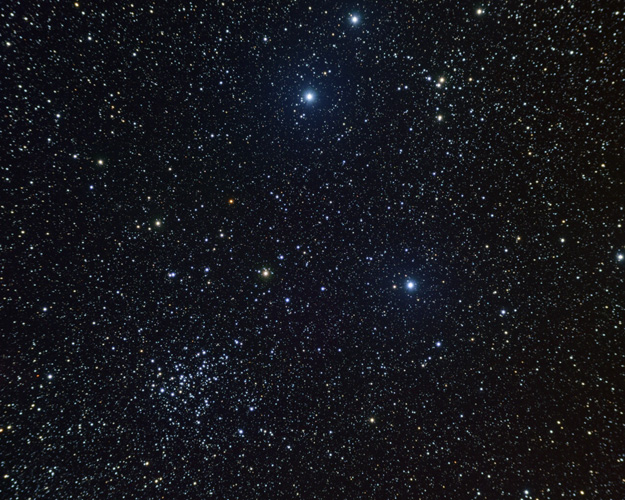NGC refers to the New General Catalogue’s
more than 7,000 astronomical sky objects compiled by John Louis Emil Dreyer in 1888.
An earlier observer, Charles Messier, catalogued 103 such nebulae, galaxies,
and star clusters in 1771. Better telescopes have expanded our view.
Like Messier and Dreyer, I enjoy hunting
down those lovely things in the night sky. Yes, I am still attempting to locate
Comet Ison. The delight of cruising the sky for it has pushed me beyond
Messier. Scanning with my 10x50 binocular between Cassiopaeia and Auriga (where
the comet is supposed to be) I bumped into what had the faint markings of “comet”:
loose, elongated, dim.
I sensed the thing I caught in my
binocular included points of light. One doesn’t see those bright points in
something so dim, one feels them, thanks to that peripheral vision we
astronomers laud. Clearly, this was not a comet; but, what then? Since it wasn’t
any familiar Messier object, I grabbed the pink flashlight and searched the
mini-map of Comet ISON’s location as published in the February issue of Astronomy
Magazine.
Maps like the ones published by
Astronomy Magazine are invaluable. I have a Mag 6 catalogue which covers
Messier objects. Since what I was looking at was considerably dimmer, it was
not listed there. Of course though the map printed in Astronomy was intended
for finding ISON, it likewise printed the dim star clusters in ISON’s vicinity.
I’m proud to announce that I have
graduated from Messier to NGC.
The open star cluster I bumped into? NGC 1528 in Perseus. (lower left in photo)
Photo compliments of Alson Wong from his web publication.
